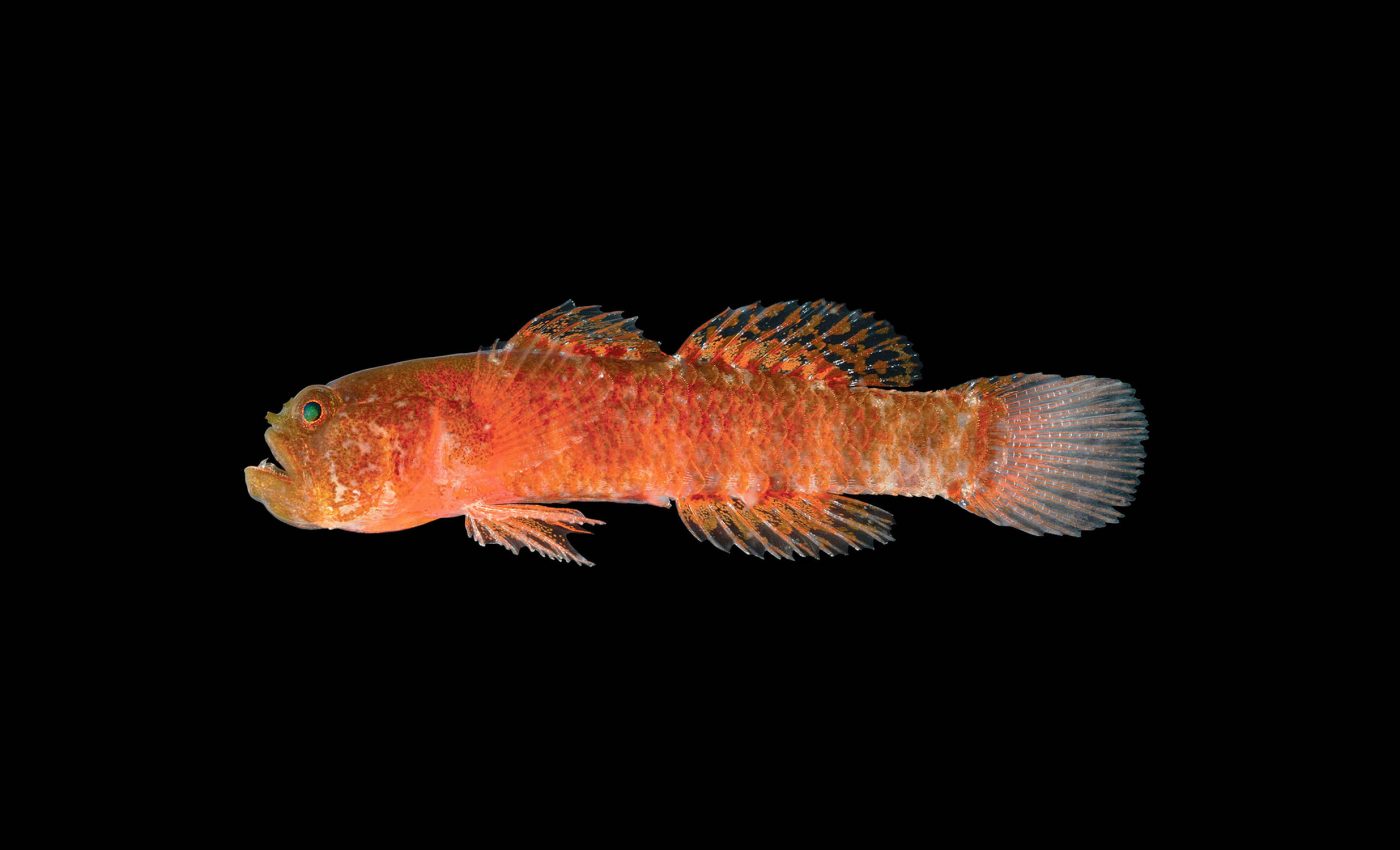
Scientists discover 'grumpy dwarfgoby,' a tiny fish with a big attitude
Recent research took a plunge into a tale about the discovery of a new species of fish that’s less than 2 centimeters long and carries a ‘grumpy’ demeanor. The tiny creature sports a perpetually disgruntled face, hence its fitting name: the grumpy dwarfgoby.
Fierce grumpy dwarfgoby
The grumpy dwarfgoby, in spite of its small size, doesn’t do subtle. The fish’s large canines and intense expression pull off a macho vibe.
“I imagine in its own tiny world, it is a fearsome predator. Its grumpy expression and large canines certainly make it look the part, despite its small size,” remarks Lucía Pombo-Ayora, who gifted the species its unique common name.
Red in the deep: Camouflage or statement?
What’s fascinating about the grumpy dwarfgoby is its coloration strategy. The species boasts a vibrant red color, which sticks out to us — however, in their natural environment, it’s a perfect camouflage.
They frequent sections of coral reefs blanketed in red coralline algae, and use the algae as a hideout, hopping from one small hole or crevice to another.
Additionally, those large canines aren’t just for show; they’re used to capture tiny invertebrates.
Finding the grumpy dwarfgoby
The research was led by Dr. Viktor Nunes Peinemann who was at the forefront of this discovery during a diving expedition intended to explore the diversity of coral reef fishes.
They first found specimens in Saudi Arabia’s Farasan Banks, and later near Thuwal in the Red Sea.

Initially, the team believed they’d rediscovered the fiery dwarfgoby, Sueviota pyrios, a solitary specimen known from a 1972 collection. However, they were in for a fascinating surprise.
Not so déjà vu
Upon further analysis, the team from King Abdullah University of Science and Technology (KAUST) and the University of Washington (UW) realized they were swimming in uncharted waters — a brand-new species they’d never seen before.
“The ongoing discovery of distinctive new species like this grumpy dwarfgoby shows how much biodiversity remains undiscovered in the Red Sea,” underlines Peinemann.
Eroding edifice of biodiversity
The Red Sea is celebrated for its rich endemic species, with our little grump adding to its roster. However, the sea’s environment has taken a severe hit due to climate change, leading to widespread coral bleaching and mortality.
The fact we’re still discovering new species in this volatile ecosystem underlines the urgency for continued research and conservation efforts.
“This is concerning given the recent environmental changes in the region. In some cases, species could go extinct before we even describe them,” Peinemann encapsulates the issues and stakes aptly.
Preserving the grumpy dwarfgoby
In light of the ecological challenges that beset the Red Sea, initiatives to preserve its unique marine life have never been more critical.
Conserving the grumpy dwarfgoby involves not only protecting its immediate habitat but also strengthening broader reef ecosystems.
Efforts encompass strategic measures such as establishing marine protected areas, regulating fishing activities, and promoting responsible tourism.
Additionally, advancing scientific understanding through research and fostering education on the importance of marine biodiversity can galvanize public support for conservation.
Each new species we uncover should be a reminder of the delicate intricacies that make up our planet’s biodiversity, and the imperative to shield them from harm.
Future discoveries await
“The ongoing discovery of distinctive new species like this grumpy dwarfgoby shows how much biodiversity remains undiscovered in the Red Sea,” Viktor Nunes Peinemann explains.
“This is concerning given the recent environmental changes in the region. In some cases, species could go extinct before we even describe them.”
The identification of the grumpy dwarfgoby heralds a promising future for marine exploration and biodiversity research.
The Red Sea, though significantly studied, harbors countless mysteries that, when unraveled, might revolutionize current biological frameworks and conservation methodologies.
Peinemann and his team are committed to continuing their exploration, paving the way for a deeper comprehension of marine life and its vulnerabilities.
“It’s a thrilling time for marine biology,” says Peinemann, “as each discovery offers not just answers, but intriguing new questions.”
The full study is published in the journal ZooKeys.
—–
Like what you read? Subscribe to our newsletter for engaging articles, exclusive content, and the latest updates.
Check us out on EarthSnap, a free app brought to you by Eric Ralls and Earth.com.
—–













